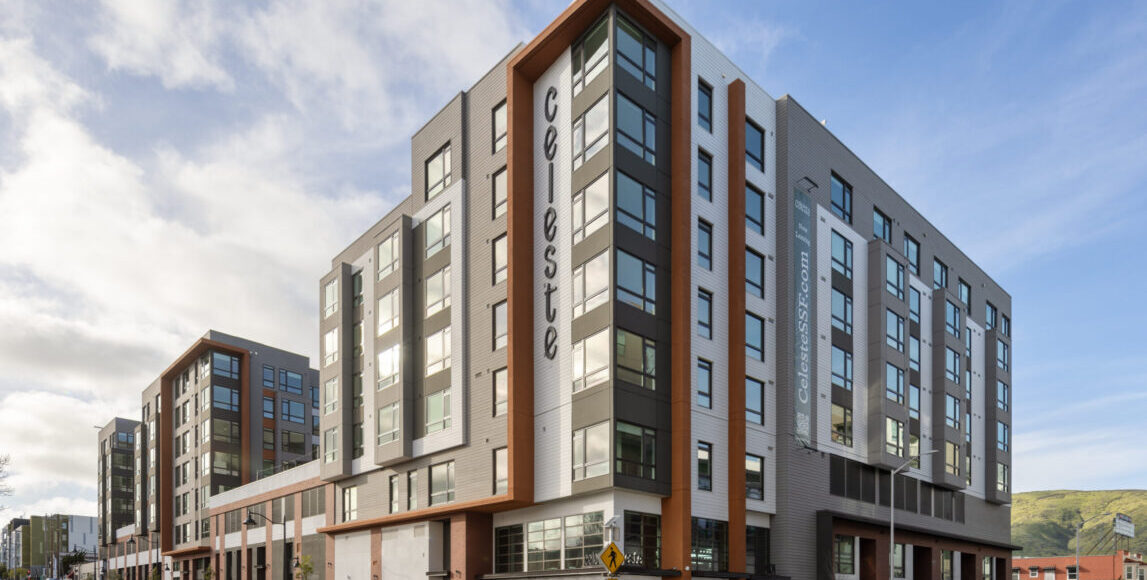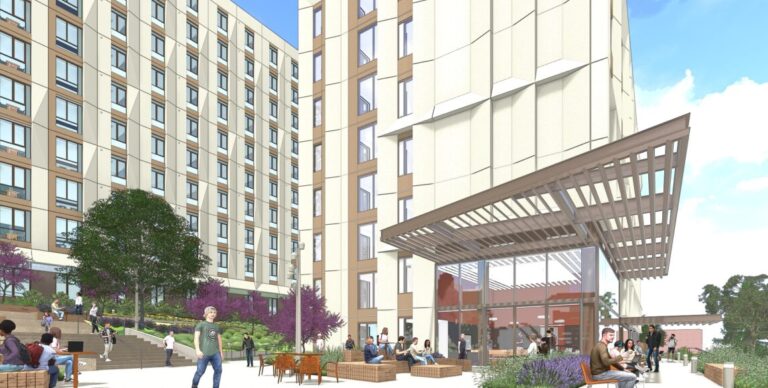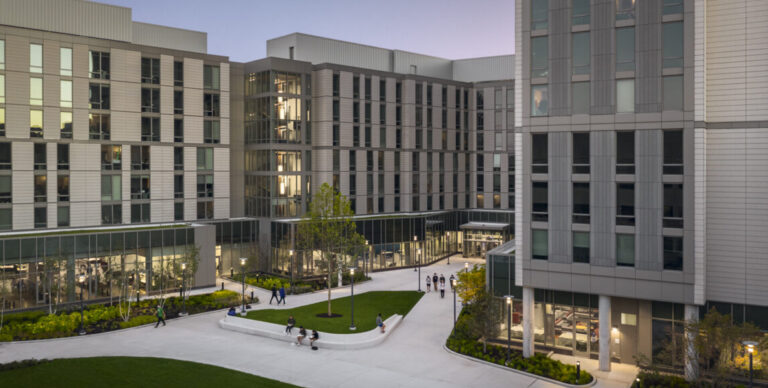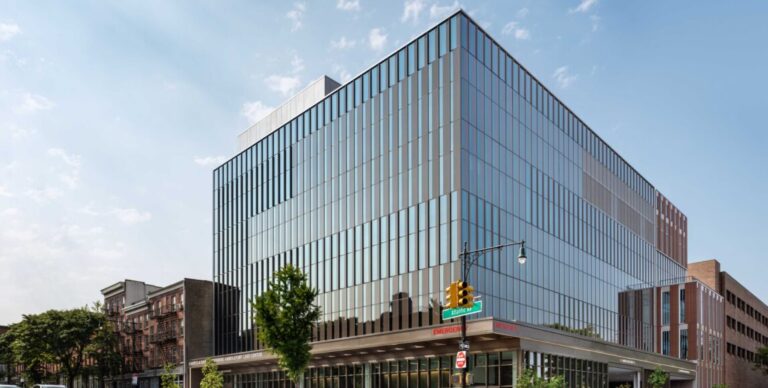How Process Drives Predictability in Multifamily Development

When it comes to multifamily development, the predictability that a project will deliver its anticipated Return on Investment (ROI) is key to success. A project can be threatened in two critical ways: cost overruns and delays. Delays, on one hand, drive up direct costs through factors like extended labor, material price increases, and disjointed trade scheduling. On the other hand, they create the risk of missing the optimum market window, a setback that can damage revenue projections and undermine the project’s financial foundation.
When poor ROI predictions threaten feasibility, they can erode investor and lender confidence, making capital more expensive and harder to secure. While many project teams aim to mitigate these problems by focusing on contingency budgets or working to improve their reactive problem-solving, the best solution is often the simplest: a deep commitment to process.
What Does Process Really Mean?
In development, process is far more than a construction schedule; it is a comprehensive framework that guides the project from inception to delivery to eliminate guesswork and reduce risk. This process is anchored by a comprehensive master schedule that evolves with the project and serves as a guide for the full project team, from architects and engineers to contractors and regulatory partners. It brings structure to the complexities of multifamily projects, forcing early consideration of critical variables like unit mix, parking provisions, the amenities package, jurisdictional stipulations, and phased lease-up coordination.
To manage these sensitivities effectively, process planning acts like headlights on the road, giving the entire team visibility into what is ahead. This approach is rooted in experience and guided by asking insightful questions long before breaking ground: Are cost assumptions based on current data? Does the proposed design fit the market? Do financial models reflect realistic entitlement timelines and rent-up periods? Are jurisdictional hurdles and long-term operating costs accounted for?
An effective process then translates this inquiry into disciplined action. It starts with aligning the team and informs the crucial decision of choosing the most suitable project delivery method. The master schedule becomes the single source of truth, with clear key checkpoints and design deliverable timelines. This methodology enables interactive financial modeling, where the path to best cost assumptions and procurement strategies is directly tied to project progress. It forces the proactive identification of jurisdictional hurdles so that solutions can be developed before they become expensive problems, and ensures the building’s design remains consistently aligned with both entitlement parameters and financial objectives, preventing costly backtracking.
Benefits of a clear process plan
When these key considerations are integrated into a project’s DNA, the benefits are clear, tangible, and cumulative. The most immediate result is a shift from reactive problem-solving to proactive risk mitigation. By identifying challenges and obstacles early, teams can develop solutions and respond to issues before they become setbacks, reducing risk from all angles and protecting the project’s timeline and budget.
Furthermore, process forces a continuous alignment between the design and the market. By asking strategic questions, the team ensures the final product is appropriate for the target demographic and aligned with the financial model. This includes everything from the unit mix to the amenity package, meeting both user needs and investor expectations.
Ultimately, these consistent successes build a developer’s most valuable asset: a powerful reputation. A track record of delivering projects on time and budget translates into tangible advantages, such as attracting top-tier partners or securing better financing terms. In a sector where time and margins are tight, a thoughtful, process-driven approach can make or break a project’s successful delivery.
Why Process Gets Overlooked
In many cases, project teams aren’t purposely ignoring processes; rather the processes they have in place are fundamentally incomplete. This often happens when a team’s focus is so heavily weighted toward the construction schedule that it overshadows the critical planning required for entitlements and design development. This limited perspective, which can stem from inexperience with the full project lifecycle, leads to costly oversights.
For example, early-stage decisions about building design or unit mix are made without fully accounting for local regulations or construction constraints. As a result, design flexibility is limited when teams later need to consider cost control options which may have been ruled out during planning approval. These kinds of missteps can lead to significant downstream budget issues and project delays, forcing teams to backtrack or absorb unforeseen costs. Partnering with an experienced team that understands the full development lifecycle is the most effective way to prevent these pitfalls.
Early Design Stages and Navigating Jurisdictional Requirements
Multifamily development is uniquely sensitive to timing and local context. Short leasing cycles, the significant role of tenant amenities, and market-specific design preferences mean that projects can easily get bogged down when they intersect with complex local regulations.
Codes and regulations vary significantly across different markets. In one jurisdiction, height restrictions might limit how tall a multifamily building can be, while the next town over might put a cap on the total number of units allowed. Requirements for unit sizes and mix, stormwater management, and specific energy-efficiency criteria for MEP systems can also differ widely based on local zoning laws, making each project site its own unique challenge.
While the path to regulatory compliance differs from place to place, it always comes with a price tag. According to a 2022 survey by the National Association of Home Builders and the National Multifamily Housing Council, regulation imposed by all levels of government accounts for an average of 40.6% of multifamily development costs. Successfully navigating this landscape is therefore a critical component of any effective process, requiring expert foresight well before construction begins.
Improving Financials and Adapting to Volatility
A well-defined process is essential for understanding and managing the financial side of a project. At a practical level, this control is achieved through the tight synchronization of the financial model and the master schedule.
This alignment is critical for adapting to changes as they occur. When shifts resulting from entitlement adjustments, construction delays, or new regulations happen, the financial model and schedule are updated in tandem. This provides clarity and allows the development team to respond quickly to avoid unexpected shortfalls.
Beyond managing internal project changes, a robust process serves as a critical defense against external market volatility from sources like rising construction costs, labor shortages, and shifting policy landscapes. This ability to adapt is not accidental; it is the result of a disciplined process led by an experienced project management team. For example, internal systems that track cost impacts from external events, such as tariffs or inflation, can help teams make consistent, informed decisions. These systems create a shared understanding of risk and response, instead of leaving teams to interpret market changes in isolation.
Predictability Powered by Process
In the dynamic landscape of multifamily development, unpredictability is not an exception but a constant. Market volatility, shifting regulations, and unforeseen challenges ensure that no project unfolds exactly as planned. While teams cannot eliminate every variable, they can implement a clear and adaptable process plan that provides the stability and foresight needed to navigate this complex environment.
This commitment to process is what separates reactive problem-solving from strategic leadership. It empowers teams to make data-driven decisions, mitigate risks before they escalate, and maintain control when faced with inevitable change. Ultimately, in the demanding world of development, a robust process is more than just a plan: it is both the best defense against costly setbacks and the best offense for achieving predictable, successful outcomes.
Connect with this article’s contributors:
Alice Rebechini, Vice President
Jeffrey M. Zogby, Vice President
Project: Celeste Luxury Apartments
Cal Poly Transforms Student Housing with Modular Construction
Cal Poly is pioneering modular student housing construction to address critical shortages, marking the CSU system's first modular housing initiative.




